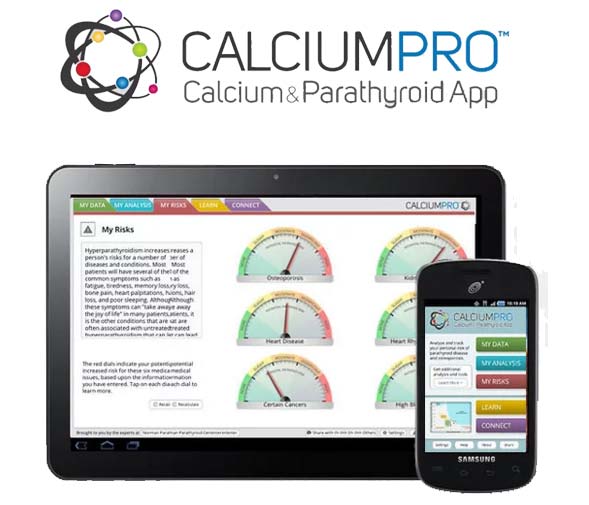James Norman, MD, FACS, FACE
SPECT (Single Proton Emission Computerized Tomography) scanning is a technique whereby images can be obtained of diseased parathyroid glands which have absorbed a radioactive marker. SPECT scanning is nothing more than a variant of Sestamibi Scanning for parathyroid glands.
The difference between SPECT Scanning for parathyroids and and routine Sestamibi scanning for parathyroids is nothing more than a different x-ray camera is used and many more pictures are taken. Its the same dye put into the patient's veins, and it works by the exact same principle. As a general rule, it is LESS effective and LESS accurate.
We do not use SPECT! It is not as good!
Some doctors believe that SPECT scanning for parathyroid disease enables them to increase the accuracy o routine Sestamibi scanning by about 2 to 3 percent. SPECT scanning can be performed at any time within the first several hours after a patient is injected with the radioactive Sestamibi radiopharmaceutical During the scan, 30 (typical) or more images are taken surrounding the patient's head and neck These images can be viewed separately, or they can be assimilated to provide a three dimensional picture as seen in the video accompanying this page The most important use for SPECT scanning is when ordinary Sestamibi scans are inconclusive or when a more detailed anatomic localization is necessary such as when patients are being re-operated on. We strongly believe that SPECT scans should only be done for patients who have a tumor located in the chest. Some believe that the SPECT scanning to localize parathyroid glands is a bit over used, and have suggested that it will be less necessary as hospitals become more experienced with the routine sestamibi scan.
Update from Dr Norman, February 2011.
It is my firm belief that SPECT scanning is the worst thing that has ever happened to patients with hyperparathyroidism. Radiologists have found that insurance companies will pay more for this test than they will for a regular Sestamibi scan, so SPECT scanning has become the most common type of Sestamibi scan (SPECT scanning is a type of Sestamibi scanning). SPECT scans have become garbage over the past 5-6 years with 99% of the SPECT scans we see not worth the plastic they are printed on. We firmly believe that SPECT scans are worthless. To illustrate this point, we will not look at a SPECT scan that a patient underwent prior to coming to our parathyroid center. Said differently, if one of our patients had a SPECT scan performed, we will not waste 2 seconds to look at it. SPECT scans are worthless, and the public is being scammed. If your surgeon says he knows where your parathyroid tumor is located because you had a SPECT scan, you must know that there is at least a 50% chance that this is wrong information.
Starting around 2006 some radiologists started combining SPECT scanning with CAT scans, fusing the two scans together. Some call this a "fusion" scan, others call this a 4-D CT scan, others simply call it a SPECT-CT scan. We call it garbage and will not look at it. These are games being played by inexperienced surgeons (or surgeons who have little faith in being able to perform the parathyroid operation successfully). They are trying to get a better idea where the parathyroid tumor is located before they operate. Typically, they won't operate if the scan isn't positive (remember I told you that the positive reading is wrong about 50% of the time).
Almost 20% of our practice is comprised of operating on people who had one or more unsuccessful parathyroid operations. We average about 2 of these operations EVERY DAY. Without exception, these people were operated on by a surgeon with little experience who believed he/she could do the operation since they had a SPECT-CT scan that told them where the parathyroid tumor was. They were wrong. The scan was wrong. Look folks, you need a good surgeon, not your local surgeon who thinks he can do this because he has a magical scan. We wish nobody had to come to us with a big scar on their neck without a voice. We're tired of seeing this!
What to read next
- If you have not read about Sestamibi Scanning to find the bad parathyroid gland, then please do so by clicking here. The Sestamibi scan is of central importance to the care of patients with parathyroid disease.
- Read how the radioactive parathyroid gland can be found in the operating room by the surgeon using a radioactive probe (this is the MIRP operation)
- How to become our patient




